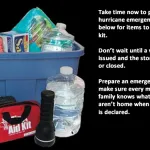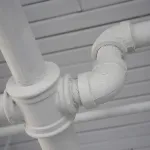It’s important to start the drying process as soon as possible following water damage to prevent further consequences. If the damage is not significant and if you can handle the process without professional help, then make sure you take all necessary safety measures such as turning off the power in your house and wearing gloves before you start the drying process.
If the effect of water damage is minimal, then a natural drying such as a simple ventilation would be enough. However if the damage is significant, then you will have to contact professionals who would then use a conventional drying method that involves high temperature heat and air movers. While the drying process is underway, they need to follow certain steps as per industry norms:
- Material and Structure Consideration: While drying your house, moving contents to a dry place is important. Contents, such as books, electronics, and furniture may get affected by water damage and would require drying as well. Industry-approved tools are used for sterilization, drying, and sanitization of these contents. If something cannot be restored or if the cost involved in the restoration process of any item is higher than its value, then the item should be discarded.
- Monitoring: After excess water is extracted, the drying equipment should be placed on affected areas. The contractor has to monitor the process at a regular interval to check moisture content, humidity, and temperature, and take corrective measures if required. The equipment should be relocated if a particular area in the house remains wet.
- Completion: The drying process is considered complete only when the moisture content, humidity, and temperature are within acceptable limits.
Apart from that, dehumidification is also used for the removal of water from the affected areas. Proper procedure methods need to be followed to avoid secondary damage that may result from inappropriate measures.





